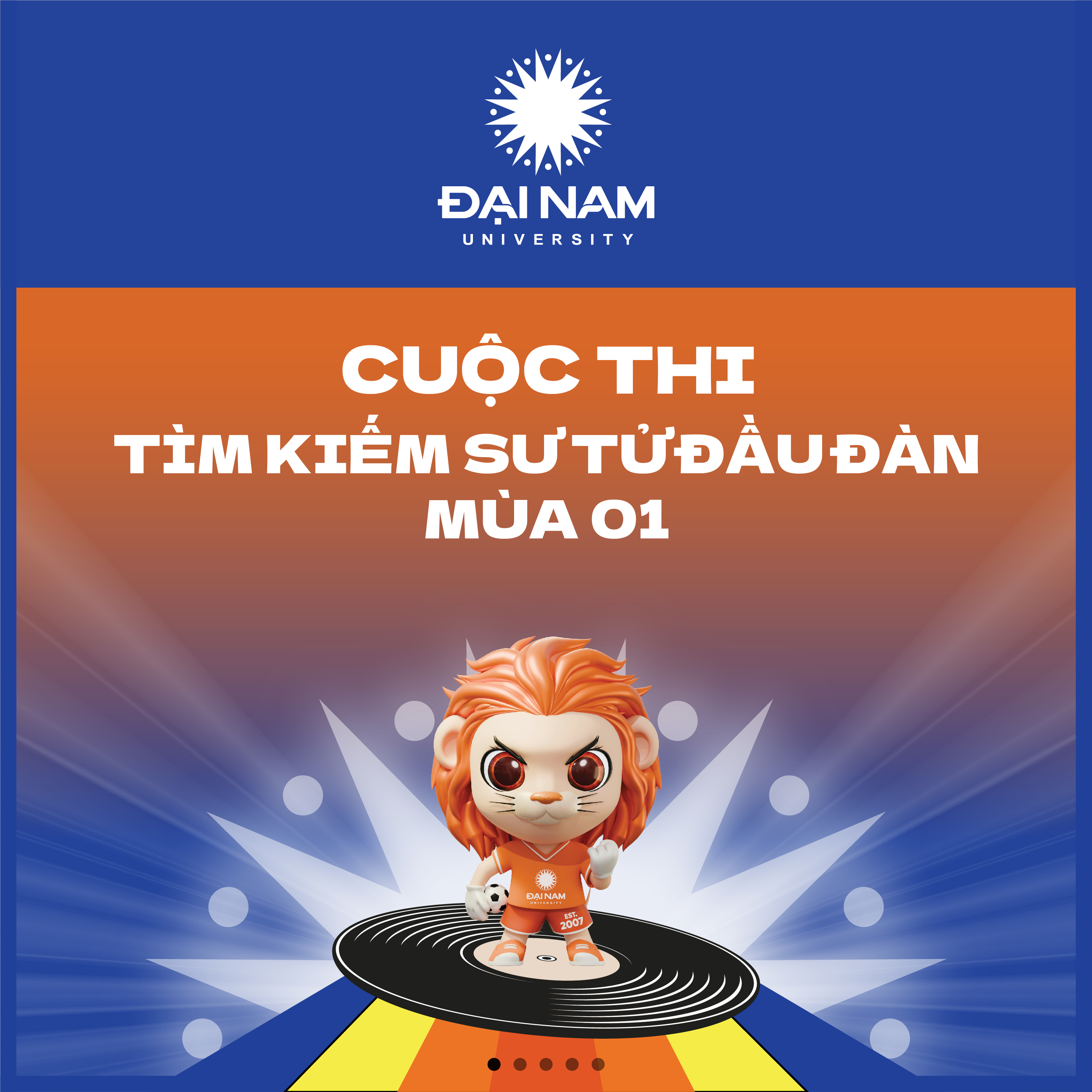Is COVID-19 an epidemic or a pandemic?

The World Health Organization (WHO) has called COVID-19 an epidemic instead of a pandemic. However, on February 28, WHO raised the risk of transmission and impact of COVID-19 from 'high' to 'very high' on a global scale.
What is the difference between an epidemic and a pandemic?
According to the WHO, an epidemic is defined as an outbreak of a disease in an area with an unforeseen rate of infection. The US Centers for Disease Control and Prevention (CDC) defines an epidemic as "an increase, usually sudden, in cases beyond the estimated number in an area".

Workers clean and disinfect a store in Pyongyang, North Korea, on February 28 - Photo: Reuters.
In 2010, the WHO defined a pandemic as “the worldwide spread of a new disease” that affects a large number of people. The CDC defines it as “an epidemic that spreads across several countries or continents, usually affecting a large number of people.”
"Typically an outbreak can become an epidemic when it spreads widely in a particular country, sometimes in a particular region, like Zika," explains Lawrence O. Gostin, professor of global health law at Georgetown University. "Whereas a pandemic is understood as the widespread geographical spread of a disease in many parts of the world, across many continents."
Pandemic yet? Not yet.
Both terms are commonly used in connection with the COVID-19 outbreak, but how they are used is subjective and there are no rules about when to use them, Gostin said.
Last month, the WHO declared the COVID-19 outbreak a “global health emergency.” This week, WHO Director-General Tedros Adhanom Ghebreyesus said the decision on whether to use the word pandemic should be based on an ongoing assessment of the spread of the virus, the severity of its impact and its impact on society.
"Does this virus have pandemic potential? Absolutely. Are we there yet? From our assessment, not yet," said WHO Director-General Tedros. So far, he argued, health experts have not seen "uncontrolled global spread" or evidence of "large-scale severe illness and death."
What keeps WHO from calling COVID-19 a pandemic?
According to Professor Gostin, there are two reasons why WHO does not call COVID-19 a pandemic. First: the epidemic can still be contained. Second: trying to avoid unnecessary panic.
“He (Tedros) wants to create seriousness, not overreaction,” Mr. Gostin argued. “He doesn’t want to see more travel bans, more cities locked down, or more actions that harm economic activity and human rights.”
Professor Gostin said the outbreak could still be contained, although other experts dispute this. But if the outbreak gets out of control, it will move into a pandemic.
WHO spokesman Tarik Jasarevic admitted that the organization no longer uses a six-stage disease alert system, with stage 6 being the highest: pandemic.
He also asserted that based on most of the COVID-19 clusters and outbreaks that have been monitored, health experts have found no evidence of widespread community transmission. Some countries have even slowed or stopped the chain of infection.
According to Tuoi Tre
Register for admission consultation 2025
scholarships and tuition support worth up to 55 billion VND

scholarships and tuition support worth up to 55 billion VND









